How to arrange icons in the house?
Maria Soboleva
How to arrange icons in the house?
There are icons in almost every home, with the exception of families of staunch atheists. Previously, people knew and followed the rules for placing holy images. Do we know how to arrange a home iconostasis, are church canons so strict today and what should be the red corner of your home?
Red corner in the old days
Our great-grandfathers treated icons with reverence and tried to equip the home iconostasis in accordance with all the rules. The goddess (kiot) with holy images was placed in every Orthodox house in the red corner, in the most honorable place.
Red means good, beautiful. The holy corner was arranged on the eastern side of the dwelling, on the brightest side of the house, since the windows were on both walls forming a corner.
For an Orthodox Christian, his home is a symbol of the temple. And if in the church the altar is the most holy place, then in the believer's dwelling it is the red corner where the home iconostasis is located, this is a symbolic analogue of the altar. 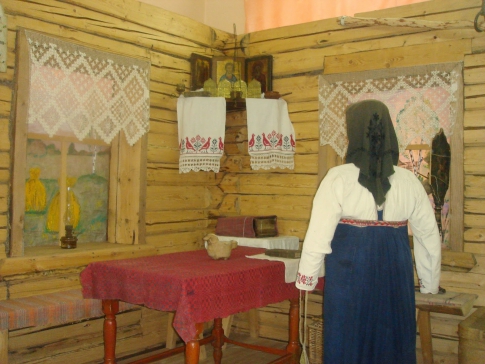
How did people arrange the iconostasis in the house? The goddess was an open cabinet for icons, more often two-tiered, made of wood and decorated with paintings and carvings.
Icons were placed on shelves, it was not customary to hang them. The images were decorated with a god - a towel made of woven canvas, embroidered at the ends and along one side. The god covered the icons from above and on the sides, but did not cover the holy faces.
Prayer books, holy water, oil for lamps, candles, and incense were kept in the icon case.
Home iconostasis today
Most of us are not too familiar with the requirements for arranging an iconostasis in the house. And the church today does not so strictly require the observance of certain canons, because times are changing and some rules are becoming increasingly difficult to comply with.
Not every house has the opportunity to place the iconostasis in the correct eastern corner. If the layout of housing does not allow - what to do? 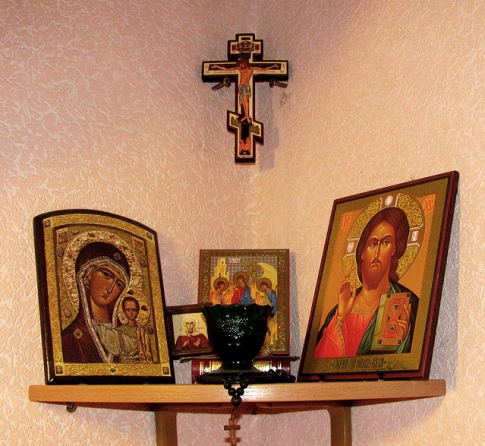
It is permissible to place icons on any side of the dwelling. But the place should be remote so that you can pray calmly. When the family prays together, free space will be needed for all those who pray. It is convenient to put the books necessary for this on a portable folding lectern.
Try to place the home iconostasis away from the TV, computer and other household appliances. The neighborhood of holy images with technical devices is inappropriate.
The iconostasis can be made with your own hands or bought, even an ordinary bookshelf will do.
How many icons should be in the house? The point is not at all in their number, you are not collecting a collection of holy images. Icons have another purpose - prayer.
Do not allow the neighborhood of images with books whose content is far from Orthodox views, with various decorative objects such as figurines, figurines, panels, paintings.
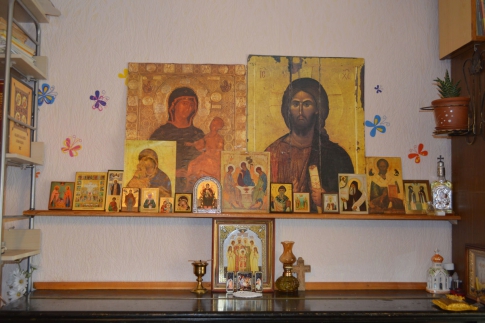
Even reproductions of paintings on religious subjects are best placed away from the red corner, paintings and icons are different things.
Posters and calendars with images of popular personalities: musicians, athletes, actors are also unacceptable to be placed next to the iconostasis.
What icons should be in the house?
The image of the Savior is the center of the iconostasis, as in the temple itself. This icon is always the largest in size (the Lord Almighty, the Savior Not Made by Hands). In the red corner it is also obligatory to have the image of the Mother of God with the Child.
The icon of the Virgin should be placed to the left of the image of the Savior. Above these two main icons, it is permissible to place only images of the Crucifixion and the Trinity.
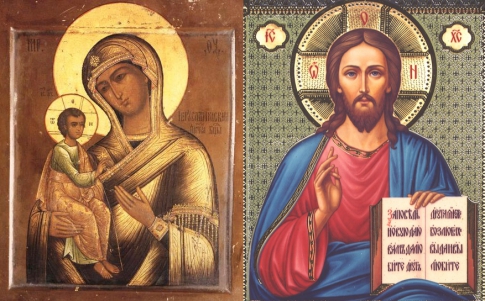
Traditionally, many people supplement their home iconostasis with images of great Orthodox saints. Almost every house has an icon of St. Nicholas the Wonderworker, especially revered by believers. People believe that he is endowed with special grace and pray to the saint.
The Holy Great Martyr George the Victorious and the Holy Great Martyr and Healer Panteleimon are also loved and respected by Orthodox Christians.
Images of the great Russian saints, St. Sergius of Radonezh and Seraphim of Sarov, adorn many home iconostases.
On the goddess you can place the icons of the prophet of God Elijah, the supreme apostles Peter and Paul.
What other icons would you like to have at home? These can be images of especially revered local saints, the archangels Gabriel and Michael, the holy Evangelists, St. John the Baptist, icons dedicated to holidays.
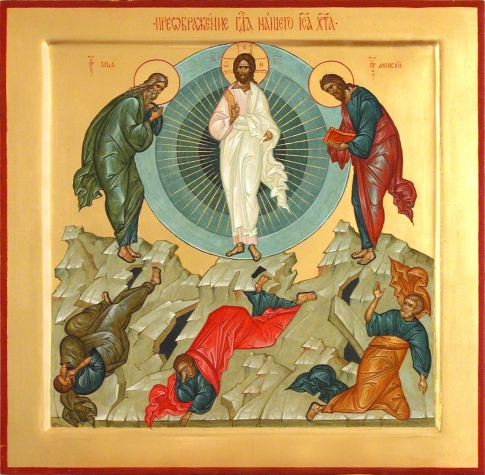
On the place of honor of the home iconostasis, you can place the icon that is especially revered in the family or a holy image passed down from generation to generation (if your family has such a relic).
In the families of believers, the family icon is especially honored, because their ancestors prayed to the Lord before it. After baptism, it was customary to bring the baby to the icon and read prayers. Parents blessed the newlyweds and children with a family shrine, sending them to study, on a long journey, under the images of our great-grandfathers and great-grandmothers went to another world.
Personalized icons are traditionally placed on the icon case - images of those saints whose names are those living in the house. Regarding the icons in the home iconostasis, it is better to consult with your confessor.
Priests advise to have at home, in addition to the holy images of the Savior and the Mother of God, mostly icons of those saints to whom family members really turn to with prayers.
It's good when there are icons in every room of your home. Where you dine with your family (in the kitchen, in the dining room), you need to place the icon of the Savior.
show more
When there are not enough personal funds to buy real estate, you can purchase housing through a mortgage or purchase an apartment in installments directly from the developer (provided that he participates in such a program and provides this type of financial assistance).
